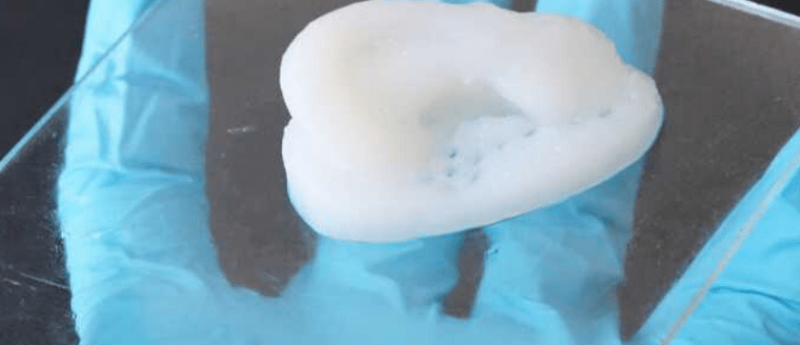Novel cellulose nanomaterial for the 3D printing of complex objects

A team of researchers from ETH Zurich (Switzerland) and the Swiss Federal Laboratories for Materials Science and Technology (Dübendorf, Switzerland) have successfully 3D printed objects with nanocrystals containing the highest concentration of cellulose ever 3D printed. The ink is made up of cellulose, water and fibers in a nanocrystalline structure and when combined with a plastic precursor can be printed with specific mechanical properties.
The medical applications need further exploration and testing but initial experiments are promising.
For the full news story, see our sister site 3DMedNet.